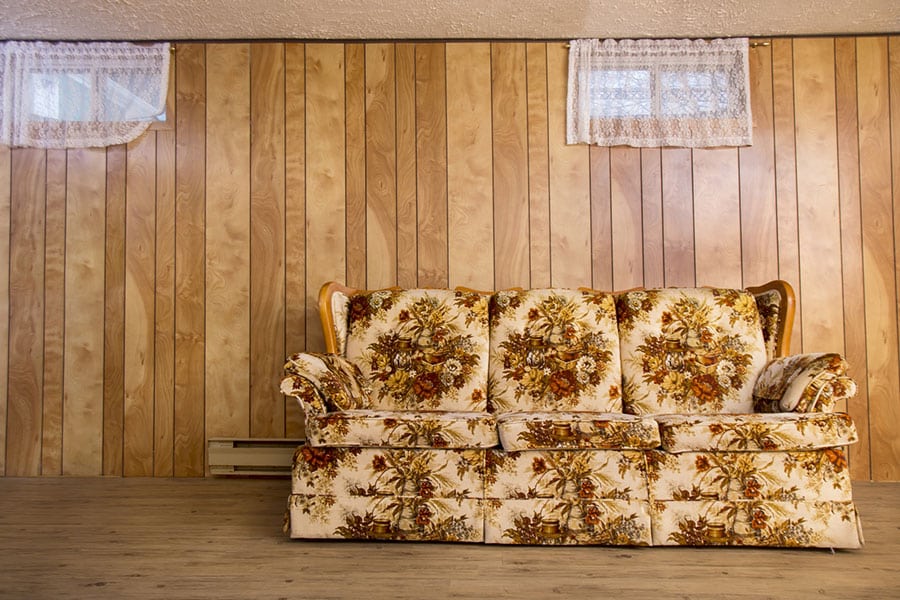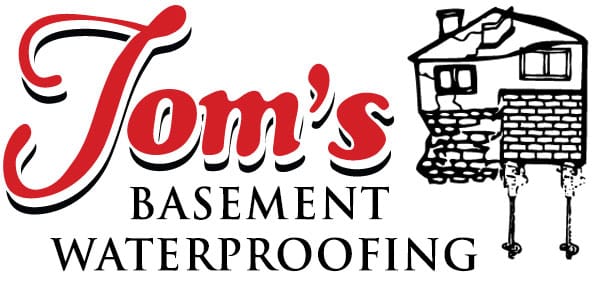
Water damage is a creeping disaster that can slowly destroy your home’s foundation and basement. It can come from natural sources like flooding, unnatural leaking pipes, or even simple condensation. Porous materials, like wood and insulation, hide water and can absorb it, causing unforeseen damage. The longer that water damage goes untreated, the worse it can get, eventually degrading the property to possibly unlivable conditions. So, what are some signs of water damage? Here we will explore a few tips to detect and treat some of the most common symptoms of water damage in your basement.
Growth of Mold
Basements provide one of the best home spaces for molds to grow naturally. Mildew is most common in poorly ventilated bathrooms, and basements as these colonies of mold will proliferate rapidly in warm, dark, and damp spaces. Mold can pose a severe health concern while slowly damaging your home, as lung conditions, such as asthma or allergy issues, can be exacerbated by inhaling mold spores. If you notice black spots on walls or floors that seem to grow within 24 hours of exposure to water, it may be time to call a basement and mold specialist to treat the problem.
Standing Water
The most in-your-face example of basement water damage is the presence of standing water or small puddles that form and do not evaporate or drain immediately. Any amount of water, even a fraction of an inch, will always find the path of least resistance to move along, and sometimes it may be through the microscopic cracks in concrete or wood foundations. If you discover standing water in your basement, first try to locate where the water is coming from, be it a burst pipe or condensation in humid areas. Then, contact a basement waterproofing specialist to assess possible treatments.
Foundation and Wall Cracks
While every home will have small hairline cracks in the foundation and walls due to the expansion and contraction of building materials in the heat, it may be time to inspect if a fracture is larger than 1/16th of an inch in width. Cracks can form from water or ice, putting pressure on the material and causing a compounding problem that will continue to grow with time.
Floor Buckling
When wooden floors absorb water, they will swell in size like a sponge and become warped from the original construction dimensions. This water damage can cause buckling you can see or feel when walking over the area. The process of floor buckling can be slow and gentle or happen all at once if there is a significant storm or pipe burst in your home. Often, if your floors sit above a basement or crawlspace, unseen water from below may be slowly degrading the efficacy of your foundation.
Discoloration And Stains
When water damage is present, you may not always be there to see it. However, there are a few telltale signs that water may have intruded upon your home and evaporated before you had a chance to notice. Water stains on walls tend to leave a yellow or rust-colored residue and often run in streaks down walls and could have seeped farther into unreachable portions of your foundation.
Reach Out to Tom’s Basement Waterproofing for a Free Estimate Today
If you notice any of these signs of water damage in your home, it may be time to call a water damage specialist like the Tom’s Basement Waterproofing team to ensure further damage does not spread deeper. Additionally, if you notice more than one or all of these issues, the water damage in your basement may be caused by several sources and should be addressed immediately. To schedule a free consultation with one of our basement waterproofing specialists, contact us today by phone at (586) 776-7270.
